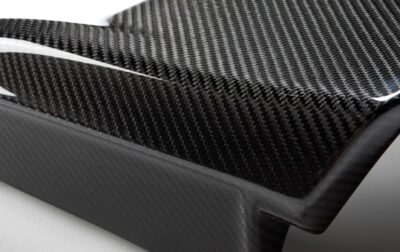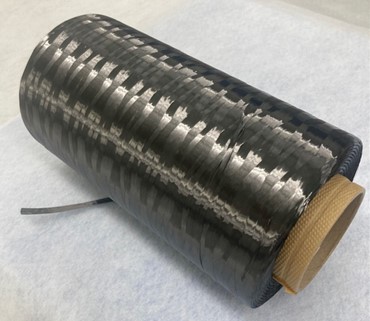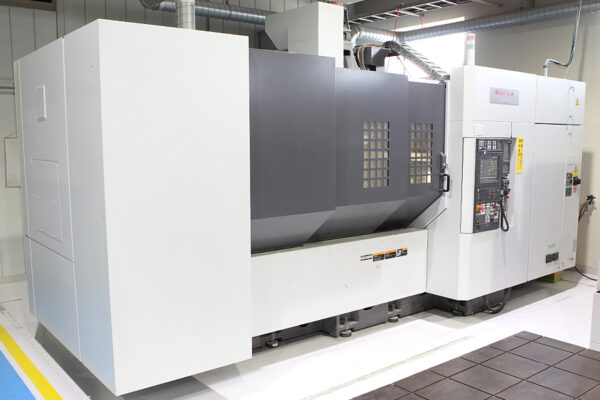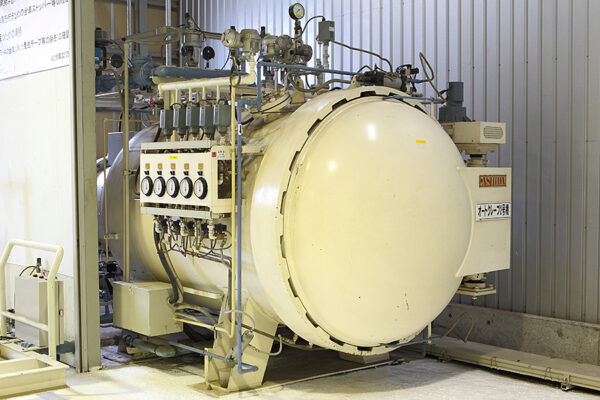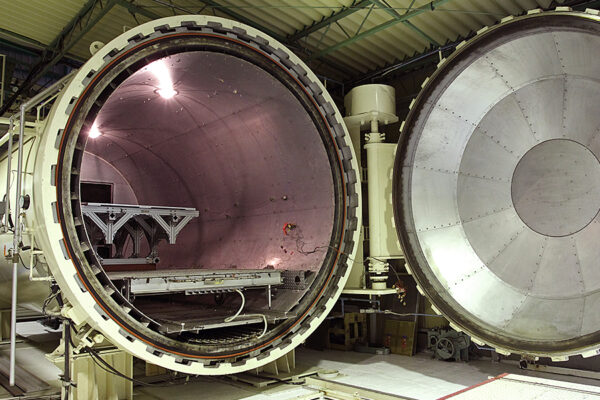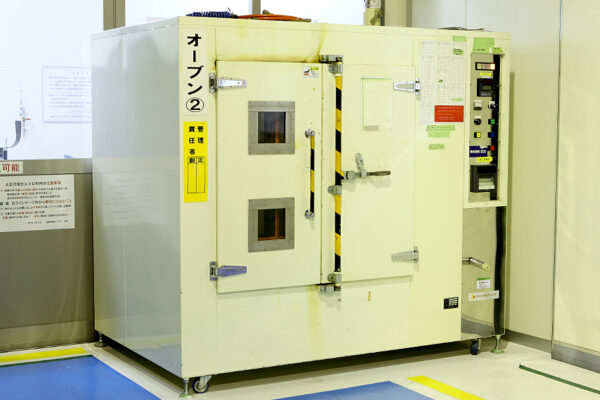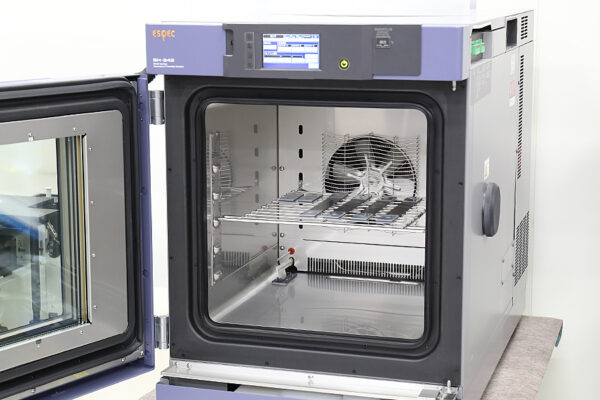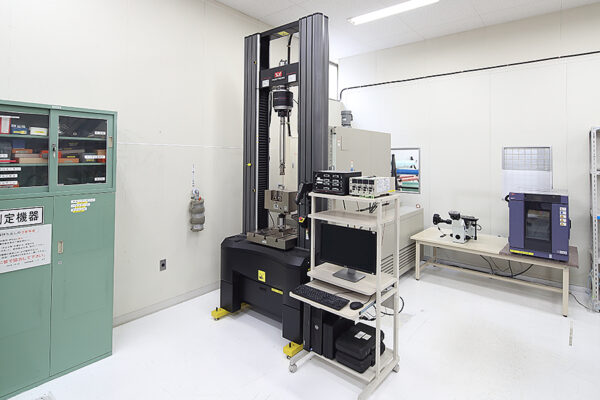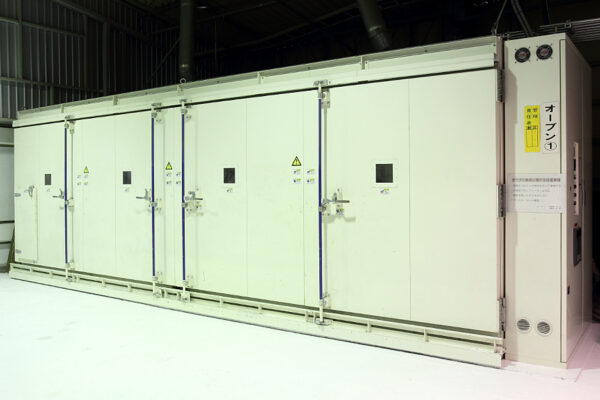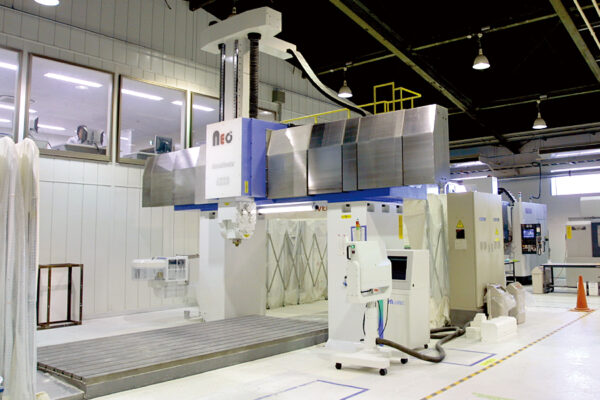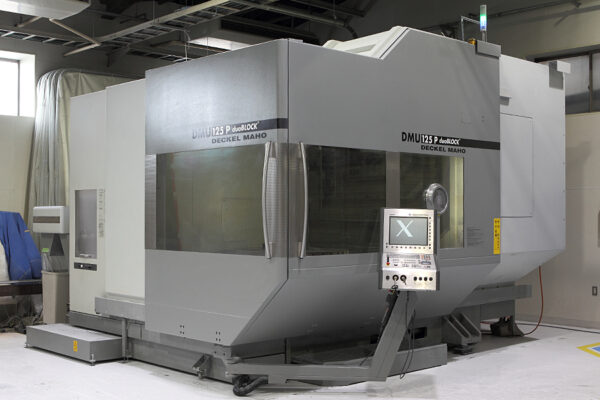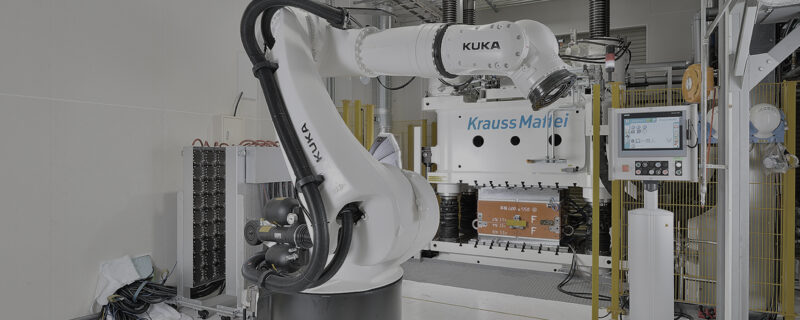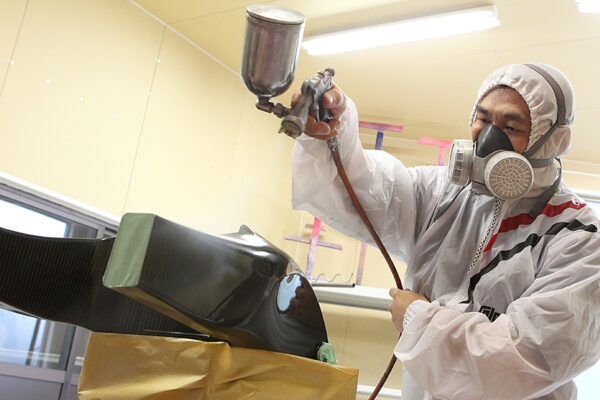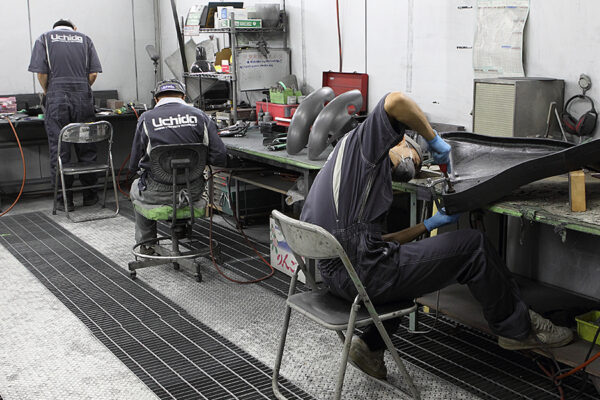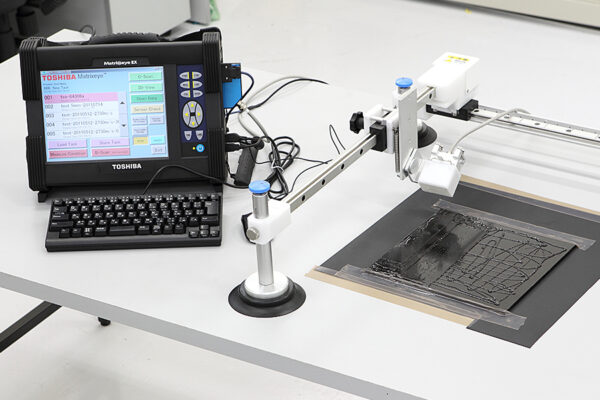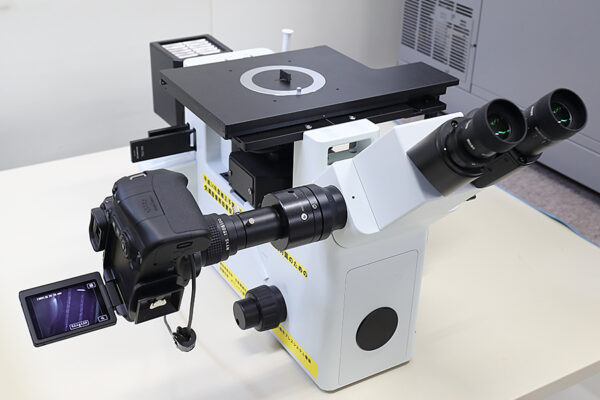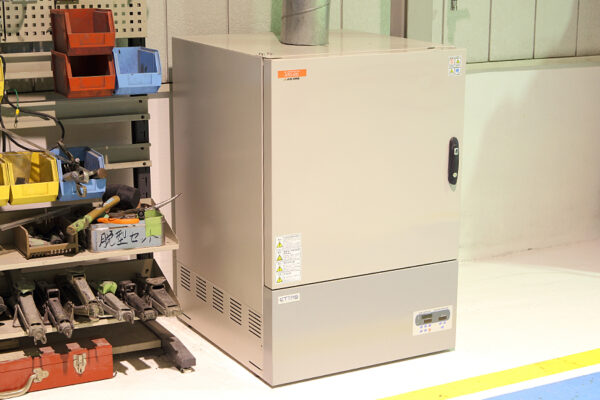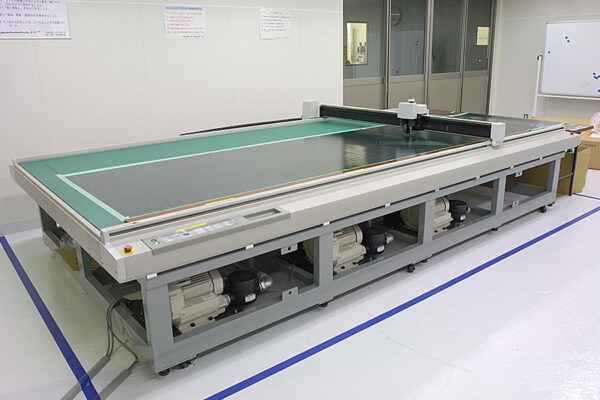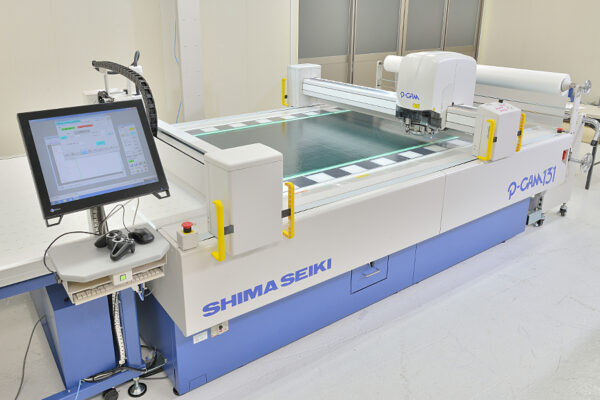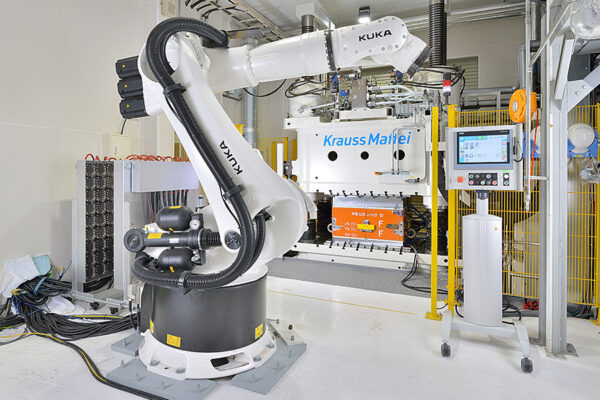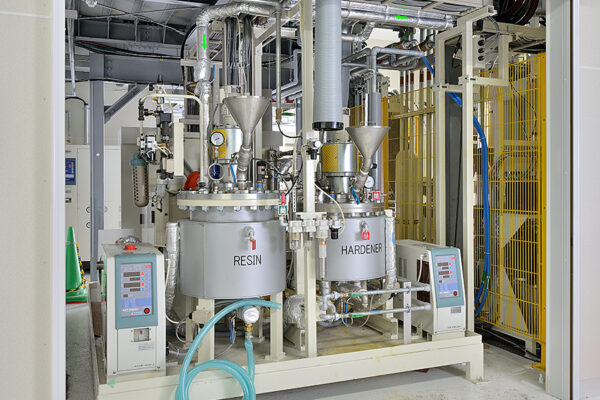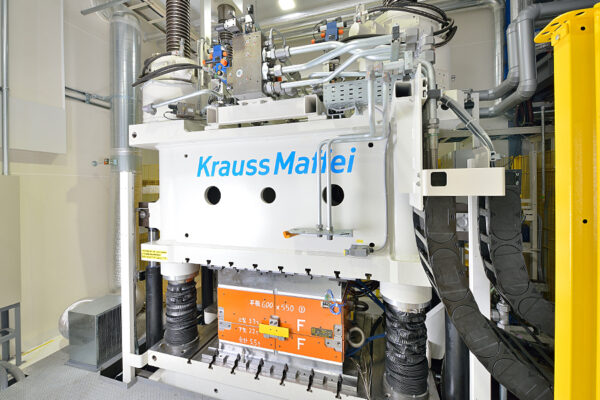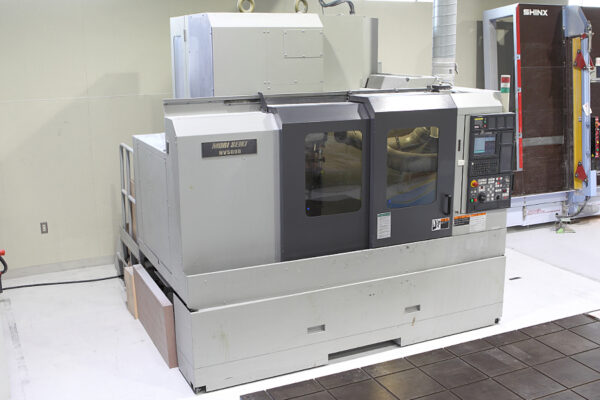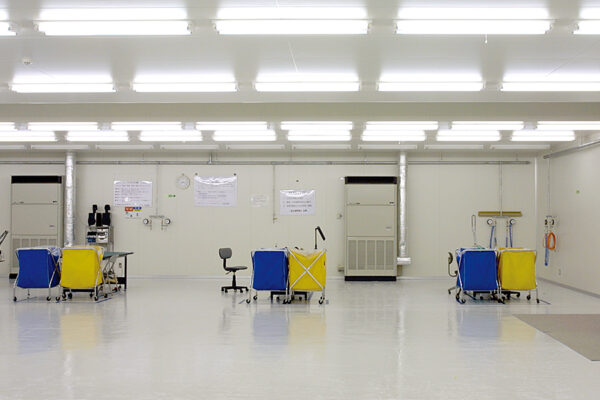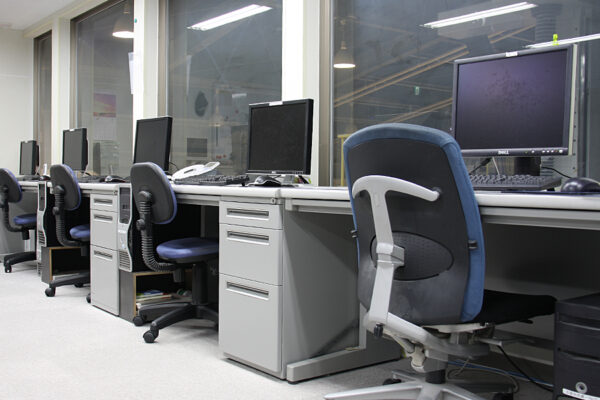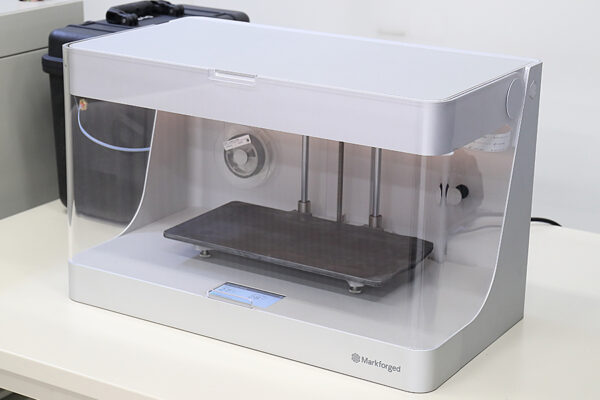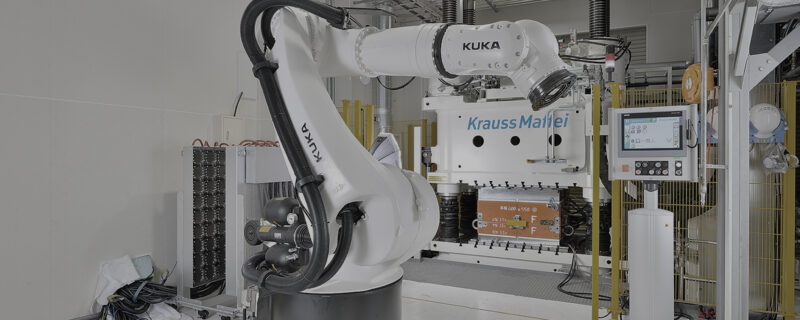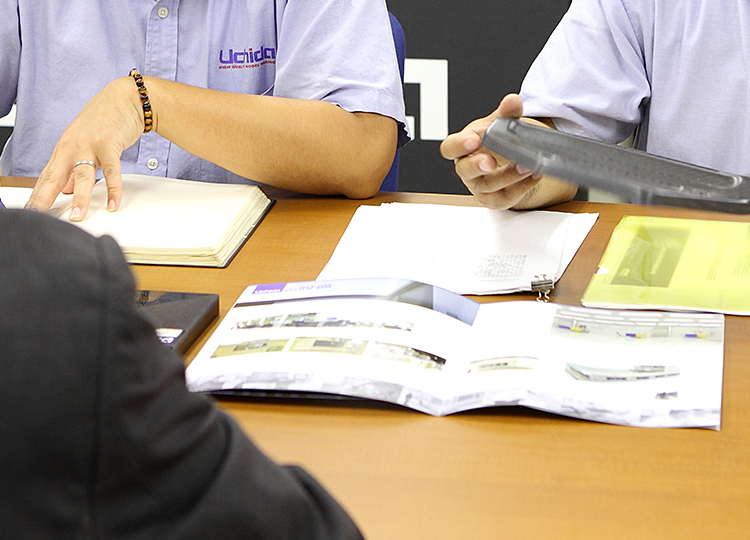Introduction
For materials that deliver weight reductions, you are likely to hear many terms such as carbon, carbon fiber, carbon fiber reinforced plastic/polymer, or carbon composites. These materials are often introduced as lightweight and strong substitutes for metals. But what do we know about these materials and what is the difference?
Overview
This issue explores these various terms and jargon.
1: Carbon
Carbon is a chemical element with the atomic number six and elemental symbol C. It is derived from the French word carbone (Latin origin: carbo, “coal/charcoal”). The naturally occurring allotropes (forms) of carbon range from hard diamond to soft graphite, for which it is most widely known.
2: Carbon Fiber
Carbon fiber is a thin filament produced by carbonizing organic polymers such as acrylic or petroleum, coal, or tar pitch by-products, at high temperatures. Carbon fiber produced with acrylic fiber is classified as polyacrylonitrile-based (PAN), while those made from pitch are classified as pitch-based carbon fiber. These lightweight and strong materials being leveraged in various industries including aviation, automobile, and sports equipment.
Key Characteristics
- One-fourth the specific gravity of iron.
- Ten times the specific strength of iron.
- Seven times the specific modulus of elasticity, compared to iron.
Carbon is a thin filament that cannot retain its shape on its own. It is generally combined with plastics such as resin.
3: Carbon Fiber Reinforced Plastic (CFRP) and Carbon Fiber Composite Materials
Carbon fiber reinforced plastic is typically referred to by its acronym CFRP and, as the name implies, is a plastic that is reinforced with carbon fibers. In other words, CFRP is a type of composite material that is constituted from above mentioned carbon fibers and plastic. Consequently, the terms, “carbon fiber reinforced plastic” and “carbon fiber composites” are similar in meaning and often used interchangeably.
The initial letter refers to the type of fiber used; C being carbon, G being glass fibers, and A being aramid fibers. Since CFRPs are composed from a combination of reinforcing fibers and resin (plastic), they are referred to as a “composite” or “composite material”.
Manufacturing Method
CFRP is known for its many unique qualities. But what kind of manufacturing processes are used to create this fascinating product? Next up, we will introduce the general flow of autoclave molding, the golden standard method used to produce high-quality CFRP.
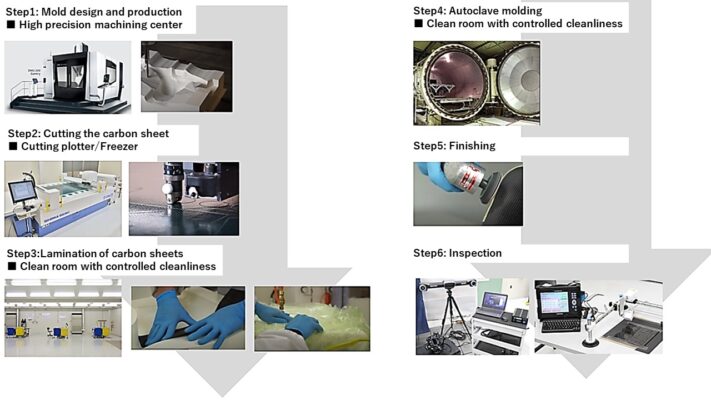
Summary
We hope this issue offered a clearer understanding of the various jargon surrounding carbon and weight-reducing materials. While applauded as a highly advanced material, the details of CFRP remain somewhat obscure and hard to fully understand. The key features of CFRP are its superior “lightweight, strong, and non-corrosive” properties. However, these impressive advantages are sided with several downfalls, such as manufacturing complexity and challenges with cost reduction, mass production, and recyclability. We urge you to consider adopting CFRP or GFRP for your next project with a full understanding of both aspects.
Related useful contents
You can explore related content by clicking on a topic of interest.
ABOUT UCHIDA - 55 years since our founding
We leverage a wealth of technical expertise as a CFRP molding and processing manufacturer using FRP, GFRP, and CFRP materials. We offer a one-stop solution, encompassing design, analysis, manufacturing, secondary processing, assembly, painting, quality assurance, and testing.
UCHIDA's equipment
We have cutting-edge equipment to ensure that we can address even the most advanced challenges of our customers.
Video Library
In the following video, we provide a detailed overview of our manufacturing process. Please feel free to watch and learn more.


